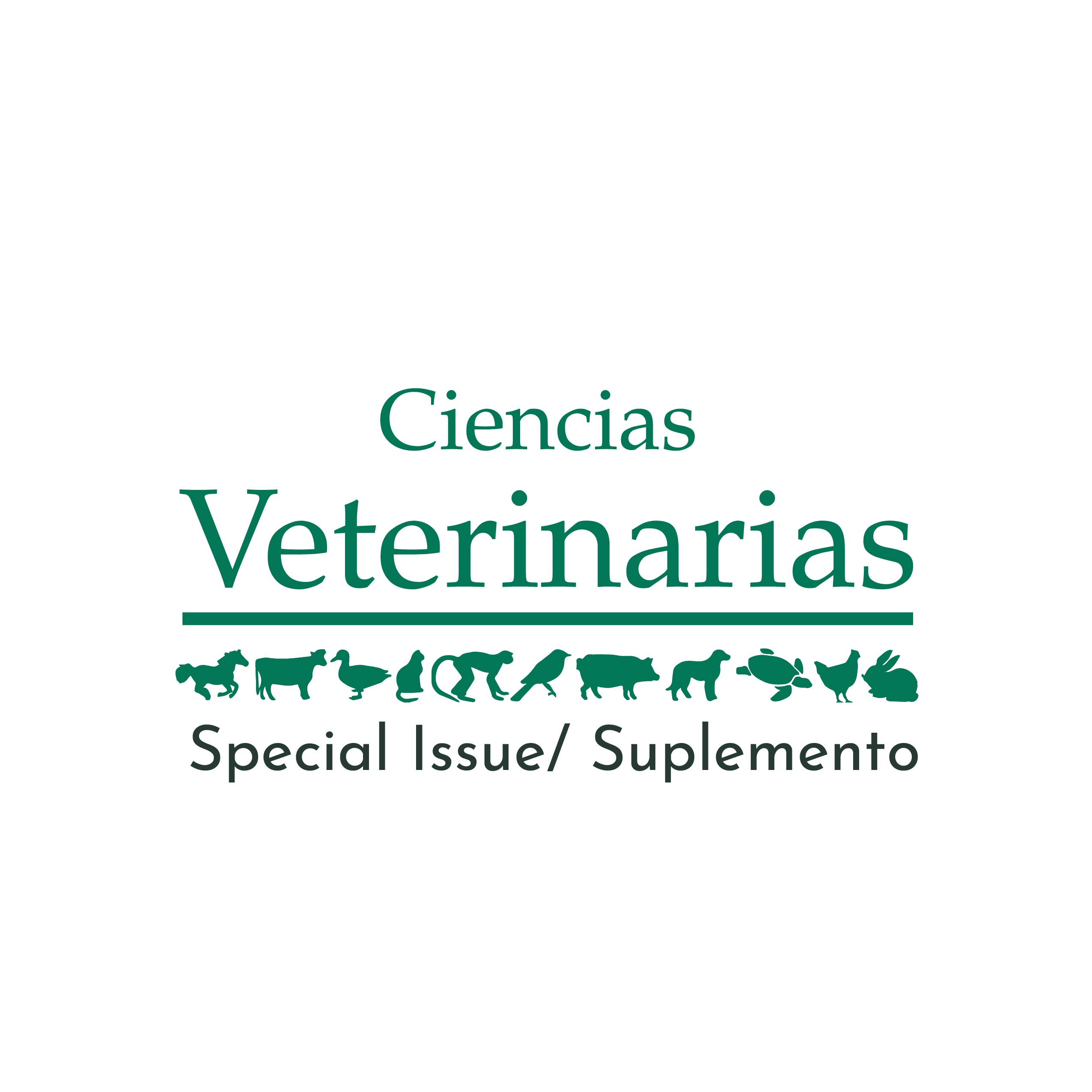The horse as a model for translational orthopedic research: examples of studies on the regeneration of cartilage and bone conducted in Costa Rica
DOI:
https://doi.org/10.15359/rcv.37-3.2Abstract
The paper provides results published or to be published of long-term in vivo equine studies to evaluate techniques of possible regenerative matrices of cartilage and bone, by means of cell-free implants or stimulation of the bone marrow. From the fixation techniques analyzed, it can be concluded that the best alternatives are the pressure technique for subchondral defects and a novel hydrogel with self-adhesive capacity for chondral defects.
The equine coxal tuberosity was used for the first time as a model for regeneration studies of bone defects, analyzing scaffolds based on tricalcium phosphate, polymers and nanoparticles, by means of 3-D printing. Osteoconductivity, osteoinductivity, and the importance of microporosity were documented.
Given that decellularized materials do not always give significant desired results in the regeneration of cartilage, it is important to conduct long-term studies. The technique of nanofracture and a novel self-adhesive hydrogel in the knee of the equine showed promising preliminary results in the regeneration of cartilage.
The knee and the coxal tuberosity of the horse represent models of studying cartilage and bone regeneration in a true translational sense as a source of highly valuable information for clinical studies, for both horses and humans.
References
Mancini I.A.D., Vindas, R.A., Brommer, H., Castilho, M., Ribeiro, A., van Loon, J.P.A.M., Mensinga, A., van Rijen, M.H.P., Malda, J. & van Weeren, P.R. 2017. Fixation of hydrogel constructs for cartilage repair in the equine model: a challenging issue. Tiss. Eng. Part C. Methods 8(11): 804-814. DOI: 10.1089/ten.TEC.2017.0200.
Vindas-Bolaños, R.A., Cokelaere, S.M., Estrada McDermott, J.M., Benders, K., E.M., Gbureck, U., Plomp, S.G.M., Weinans, H., Groll, J., van Weeren, P.R., Malda, J., 2017. The use of cartilage decellularized matrix scaffold for the repair of osteochondral defects: the importance of long-term studies in large animal model. Osteoarthritis and Cartilage 25: 413-420. DOI.org/10.1016/j.joca.2016.08.005
Vindas-Bolaños, R.A. 2019. PhD diss. Cell-free regenerative medicine (RM) strategies for cartilage and bone put to the test in the challenging equine in vivo model. Utrecht University, Netherlands.
Published
How to Cite
Issue
Section
License
Licensing of articles
All articles will be published under a license:

Licencia Creative Commons Atribución-NoComercial-SinDerivadas 3.0 Costa Rica.
Access to this journal is free of charge, only the article and the journal must be cited in full.
Intellectual property rights belong to the author. Once the article has been accepted for publication, the author assigns the reproduction rights to the Journal.
Ciencias Veterinarias Journal authorizes the printing of articles and photocopies for personal use. Also, the use for educational purposes is encouraged. Especially: institutions may create links to specific articles found in the journal's server in order to make up course packages, seminars or as instructional material.
The author may place a copy of the final version on his or her server, although it is recommended that a link be maintained to the journal's server where the original article is located.
Intellectual property violations are the responsibility of the author. The company or institution that provides access to the contents, either because it acts only as a transmitter of information (for example, Internet access providers) or because it offers public server services, is not responsible.







